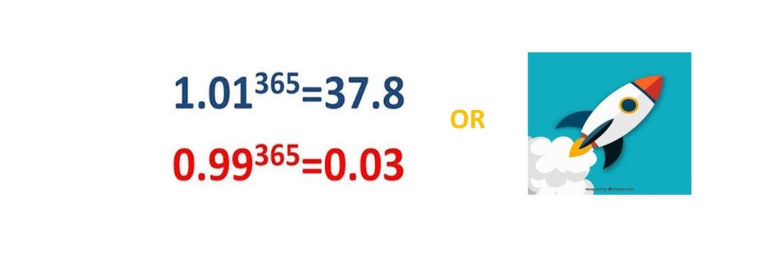Kristallnacht, or simply Pogromnacht, occurred 80 years ago on November 9-10, 1938. The Pogrom was…
Racial Equality is not Black and White
The death of George Floyd has mobilised tens of thousands of protesters who have been sheltering-in-place and social distancing for months due to the Covid-19 pandemic. These protests have inspired many to revisit, re-think and re-imagine their understanding of the American criminal justice system and the economic state of black America.
Ronald Coase, the 1991 Nobel Prize winner in Economics once famously said “torture the data, and it will confess to anything.” With that in mind, I have intentionally sought out articles, books, podcasts, and video clips with as diverse of a view as possible. Most of the material falls into two sets of facts and opinion that are used to create two narratives.
The first narrative presents facts and opinion that highlight substantial social and economic progress since the start of the 21st century including:
· Incarceration rates for young black men between the ages of 18 and 19 dropped 72% while ages 20–29 dropped 60%. here
· Record high levels of life expectancy of blacks. here
· Number of bachelor’s degrees has increased by 75 percent, along with a doubling of associate and master’s degrees. here
· Barack Obama became the first African-American president of the United States.
The second narrative presents facts and opinion that highlight deep inequities that relegate millions of black Americans to second-class status relative to white Americans including:
· The incarceration rate for black Americans is falling but is still nearly six times the rate for white Americans. here
· Non-Hispanic black Americans have a life expectancy 3.6 years lower than non-Hispanic white Americans. here
· The wealth gap between black and white households increases with education. here
· The median wealth held by black families ($17,000) and white families ($171,000) is a ratio of 10 to one here.
Racial Equality Narrative
The first narrative is based on the concept of racial equality. The racial equality narrative looks back at how far black Americans have come since the 1619 arrival of African slaves to the United States. This narrative uses a mix of facts and opinion to highlight that the United States imprisonment rate is at its lowest level in more than two decades with the greatest decline benefiting young black men. Black people’s life expectancy has increased significantly, household incomes have risen, and black people have made substantial gains in educational attainment and status. Over most historical time frames, this has been true.
Racial Equity Narrative
The second narrative is based on the concept of racial equity. The racial equity narrative looks over at how much more wealth white men and white families were able to accumulate because of the 250-year head start between 1619 and the Emancipation Proclamation of 1863 which legally freed the slaves. The racial equity argument further contends that white America received an additional 100 years of a head start as a result of Jim Crow laws that legally-sanctioned the segregation of schools, public spaces, and public transportation, as well as limited access to capital, which ran at least until the Civil Rights Act of 1964.
The racial equity narrative uses the second set of facts and opinion to show that black people in the United States are disproportionately poor, more likely to be incarcerated, more often harassed and killed by cops, and are victims of an ever increasing wealth gap. In comparison to white America, this is also true.
The racial equality narrative tends to be favored by more conservative, Republican-leaning Americans. The racial equity narrative tends to be favored by more progressive, Democrat-leaning Americans. Evaluating the true economic state of black America, however, requires acknowledging that while the United States has made some progress, there remain large disparities.
Regardless of whether you favor the equity or equality argument, what is clear is that when looking outward, on a global scale, the United States has much to improve.
The United States has:
· The highest incarceration rate per 100,000 inhabitants in the world at 655. here All but two US states (the exceptions are Vermont and Massachusetts) have a higher incarceration rate than Turkey with 287, the nation with the second highest incarceration rate among OECD countries.
· The 38th best life expectancy in the world at 78.9, ranking between Lebanon and Cuba. here
· An income inequality score of 45. A ranking worse than Russia, Angola, Cameroon and comparable to Saudi Arabia and Peru. here
George Floyd’s death has sparked protest from those who view slavery as a “peculiar historical institution,” a term favored by those who extol the racial equality narrative as well as proponents of racial equity who view slavery as America’s “original sin.” On the surface, these protests are about the treatment of blacks in the criminal justice system. Only when the protests trigger a re-imagining of specific actions required to improve the health, education and economic opportunities for all of its Americans will America then live up to its global promise and potential.



